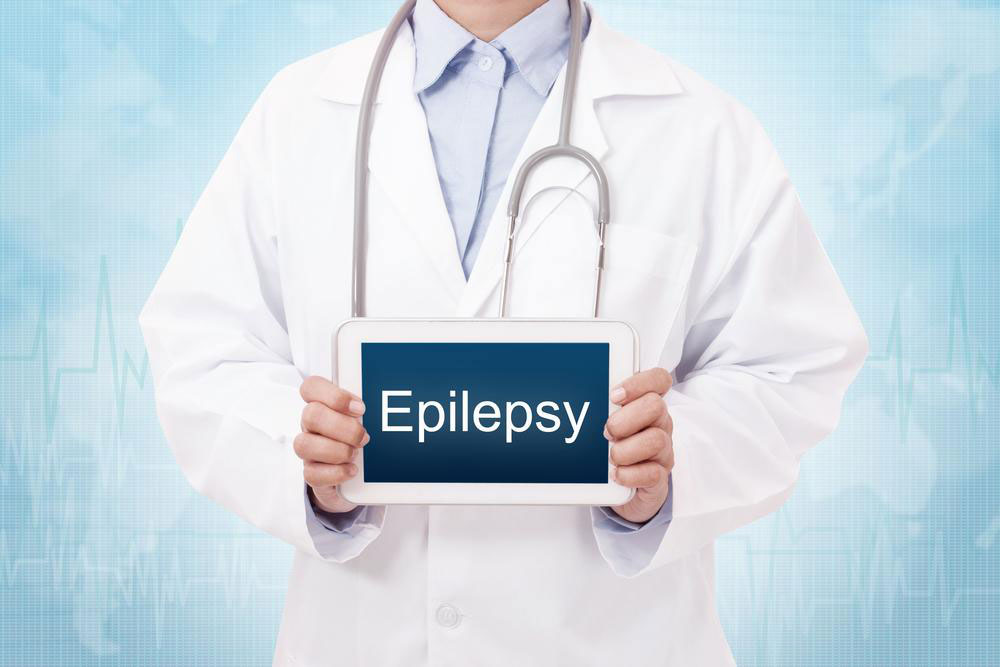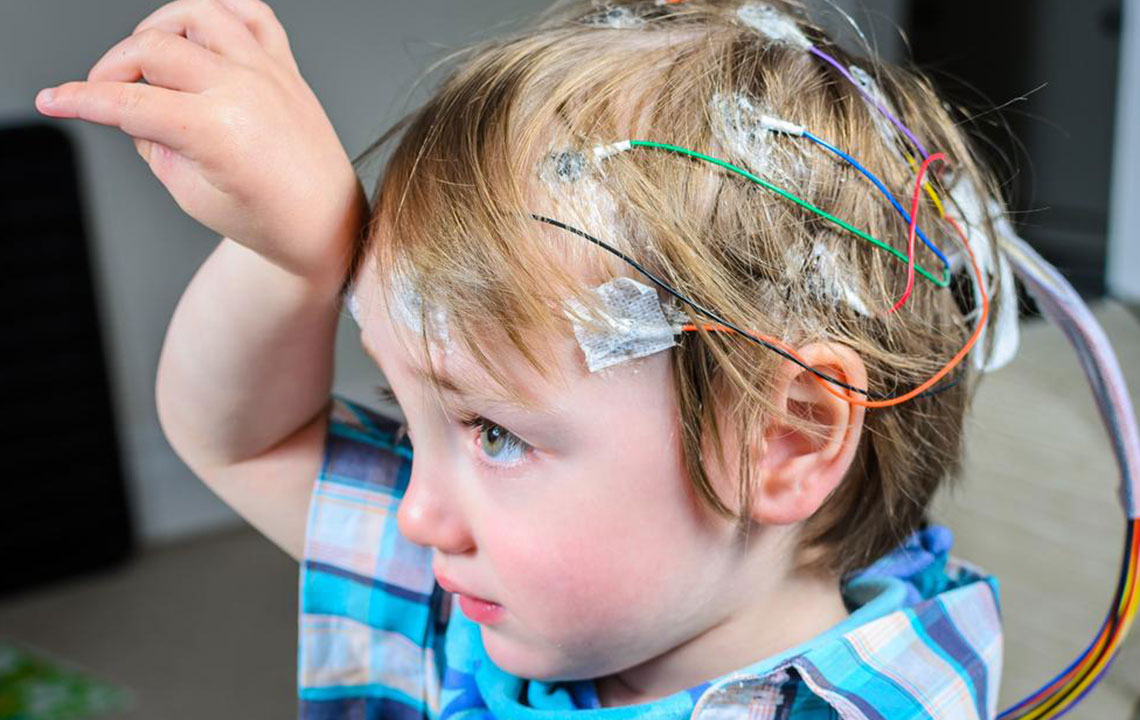A Comprehensive Guide to Different Types of Epileptic Seizures
This comprehensive guide explores the various types of epileptic seizures, including focal and generalized seizures, detailing their symptoms, causes, and management strategies. Understanding these differences is key to effective diagnosis and treatment of epilepsy, enabling individuals to lead healthier, more active lives despite the condition.

Understanding the Various Types of Epileptic Seizures and Their Symptoms
Maintaining optimal health depends significantly on the flawless operation of our body's organs and systems. When this harmony is disrupted, it can lead to various health conditions, one of which is epilepsy, a neurological disorder characterized by recurrent seizures. These seizures result from abnormal electrical activity within the brain, impacting both physical and cognitive functions. Recognizing the causes of epilepsy, such as brain tumors, traumatic head injuries, strokes, or hereditary factors, is essential for effective management and treatment.
Epilepsy manifests through a variety of seizure types, which are categorized by medical professionals to improve diagnosis, treatment strategies, and patient understanding. The primary seizure types are divided into focal seizures and generalized seizures, each with distinct characteristics and symptoms.
Focal Seizures (Partial Seizures) – These seizures originate in a specific area of the brain, leading to localized symptoms. Depending on the affected brain region and the individual’s awareness, focal seizures can manifest in various ways. Some individuals experience simple partial seizures where consciousness remains intact, showing symptoms such as sensory alterations, motor movements, or unusual sensations. Others experience complex partial seizures, which can cause confusion, automatisms, or altered awareness, often making the person unaware of their surroundings during the event.
Generalized Seizures – These involve abnormal electrical activity across the entire brain, typically leading to more widespread and dramatic symptoms. Types include:
Absence Seizures (Petit Mal) – Frequently observed in children, these seizures are characterized by brief, sudden lapses in awareness, often seen as staring spells that last only a few seconds. They often go unnoticed or be mistaken for daydreaming, but they can impact academic performance and social interactions.
Tonic Seizures – These involve a sudden stiffening of muscles, primarily affecting the body’s axial muscles. These stiffening episodes may cause abrupt falls or injuries and often occur during sleep or wakefulness.
Atonic Seizures (Drop Attacks) – Marked by a sudden loss of muscle tone, these seizures can cause individuals to collapse suddenly, risking injuries especially if they fall from heights or onto hard surfaces.
Clonic Seizures – Characterized by rhythmic jerking movements in the face, arms, and legs, these seizures can last from seconds to a few minutes and may occur alone or alongside other seizure types.
Myoclonic Seizures – These involve quick, shock-like jerks in the arms, legs, or torso. Often occurring in clusters, myoclonic seizures can be triggered by sleep deprivation or stress.
Tonic-Clonic Seizures (Grand Mal) – The most severe type, featuring a combination of muscle stiffening (tonic phase) and rhythmic jerking (clonic phase). During these seizures, loss of consciousness is typical, often followed by confusion, fatigue, or incontinence. These episodes can last several minutes and require immediate medical attention.
Understanding the diverse presentations of epilepsy is crucial for early diagnosis and tailored treatment plans. With advancing medical research and appropriate management, many individuals with epilepsy can lead active, symptom-controlled lives, minimizing the impact of seizures on their daily routines.
Epilepsy remains a complex neurological condition, but progress in treatments, medication, and lifestyle adaptations continue to improve patient outcomes. Recognizing the signs and understanding the different types of seizures are vital steps toward effective management and improved quality of life for those affected.





